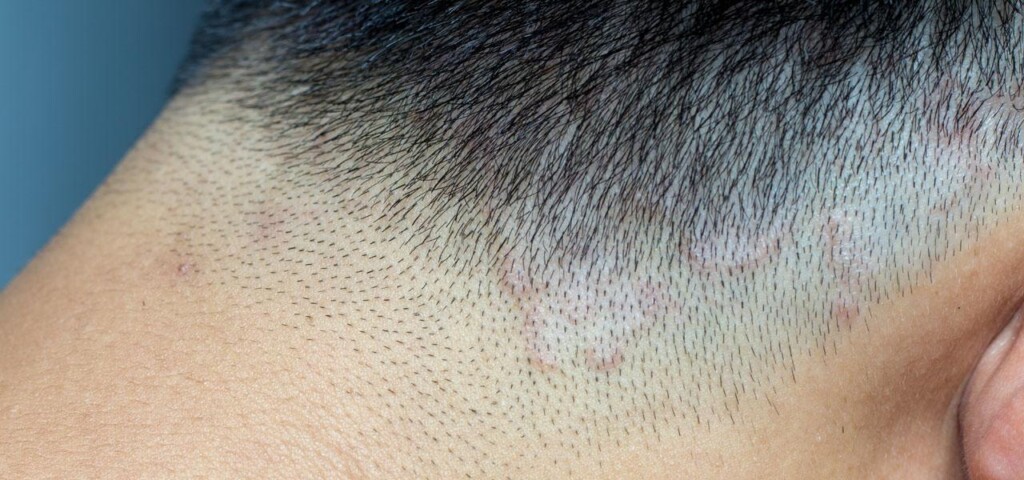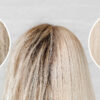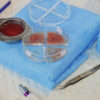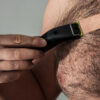Ringworm of the scalp (also known as scalp mycosis) is a very common disease. It is caused by fungi, which are a permanent element of the human skin. In case of their invasion, an inflammation occurs. This is a very contagious disease, which is distinguished by a rather long recovery process. As it turns out, it is very easy to become infected with mycosis by having contact with an already infected person.
Causes of scalp mycosis
Ringworm is caused by fungi, and the infection occurs as a result of being in touch with an already infected person or the objects they use. But contact with a person, suffering from mycosis, does not always result in an instant infection. Our body’s defence mechanisms can protect us against mycosis. People with a weak immune system are at high risk to being exposed to mycosis. The risk of infection may also be higher, if you do not treat your scalp properly. Very harsh ingredients can damage the scalp’s protective barrier.

Symptoms
The most common symptoms of this disease include skin redness, itching, pain, skin peeling, hair loss and bumps around the hair follicles. Specialists distinguish three types of scalp mycosis:
- Microbial mycosis: caused by the fungus “Microsporum audoudinii”, which occurs both inside and outside of the hair. This type is manifested in the form of whitish dots, hair loss and the appearance of greyish tissues around the bulbs. Outbreaks are extremely wide. Small-spore mycosis is extremely contagious, especially among children.
- Trimming mycosis: caused by the fungus “Trichophyton endothrix” located on the inside of the hair. The outbreaks have a grey colour and are very numerous.
- Ear mycosis: A characteristic symptom of this type of mycosis are yellow wax flakes. They take a size of several centimeters and are embedded in the skin. After removing them, a scar will appear, on which the hair will not grow. Ear mycosis usually occurs before puberty.
Hair loss and scalp mycosis
Depending on the type of ringworm, the disease can lead to a violation of the hair structure. This can mean significant hair loss. In the case of ear mycosis, permanent baldness and scarring will occur. Other types of ringworm mean temporary baldness, which can be cured.
Diagnostics
A trichologist or dermatologist is able to diagnose mycoses and indicate the type of skin on the basis of a visual examination. A specialist can confirm his diagnosis with the help of special tests, i.e. trichogram and trichoscopy. The trichogram consists of taking hair samples with bulbs and sending them to the laboratory, where they will be analysed. On the other hand, trichoscopy will give you the opportunity to look at your scalp at high magnification. The tip of the device is equipped with a camera head.
Treatment of scalp mycosis
The treatment process must take place under the supervision of a specialized doctor. Based on the type of disease and severity, the doctor will choose the best treatment. You can decide between a topical treatment, consisting of administrations of ointments and creams acting on specific types of fungi. Oral therapy, which is used for advanced disease, is also an option
Scalp treatments
Treatment of alopecia caused by ringworm of the scalp can be carried out with a few treatments. Various types of wicks and masks stimulating hair growth will also be helpful. The most common treatment performed on the scalp is mesotherapy. The treatment consists of introducing nutritious mixtures under the skin with a cannula or special gun.
These substances stimulate hair growth and nourish the skin. UV radiation therapy also has beneficial effects. All treatments are performed in series at specific intervals. The detailed treatment plan is established by the trichologist based on the patient’s individual circumstances. If you have any doubts, please contact your attending physician.
Homemade ways
Any home remedy should consult your attending physician. Only a well-chosen treatment will get rid of the problem. Patients with scalp mycosis must pay attention to the daily care of the scalp. The head must be washed regularly, but not often. Washing the head too often can dry and irritate the skin. You should also pay attention to the quality of used cosmetics, which should have a natural composition.
A very important element is frequent washing of towels and bedding. Combs, brushes and other accessories should also be cleaned frequently. This will avoid infecting other household members and will speed up treatment for the disease.






Hie I have a problem of scalp hear ringworm I am from Africa what can I use to treat myself